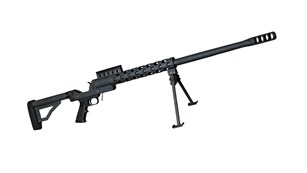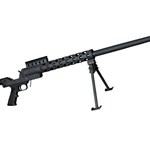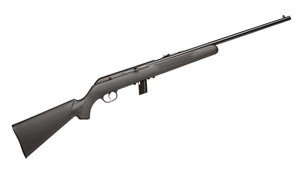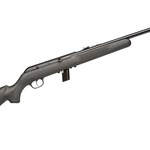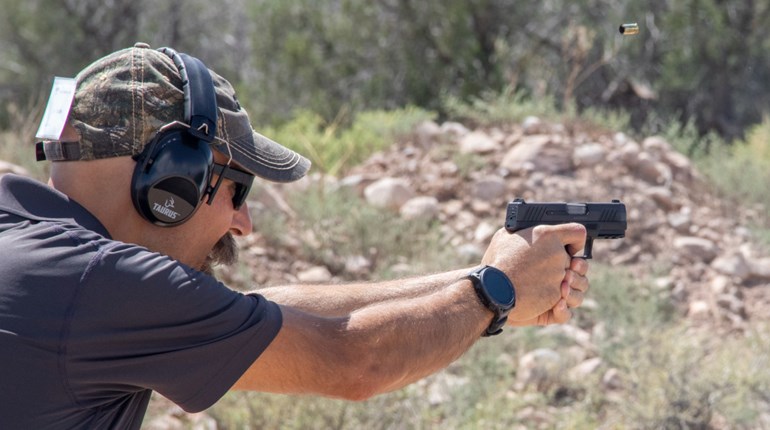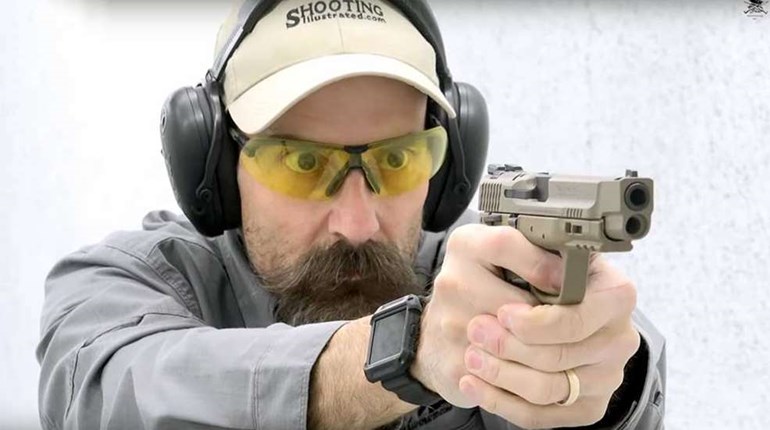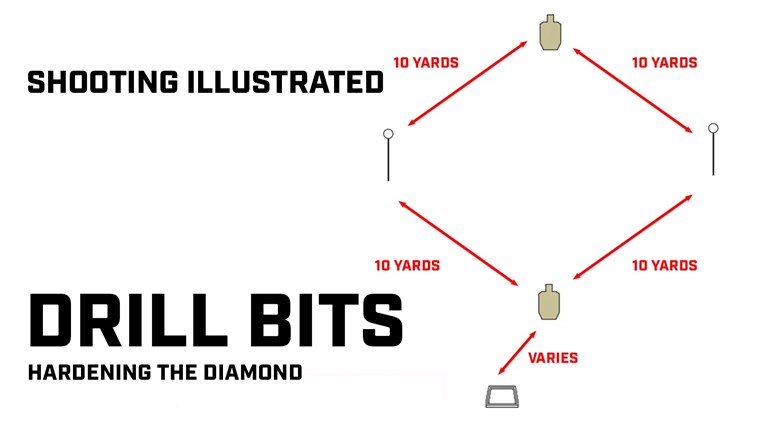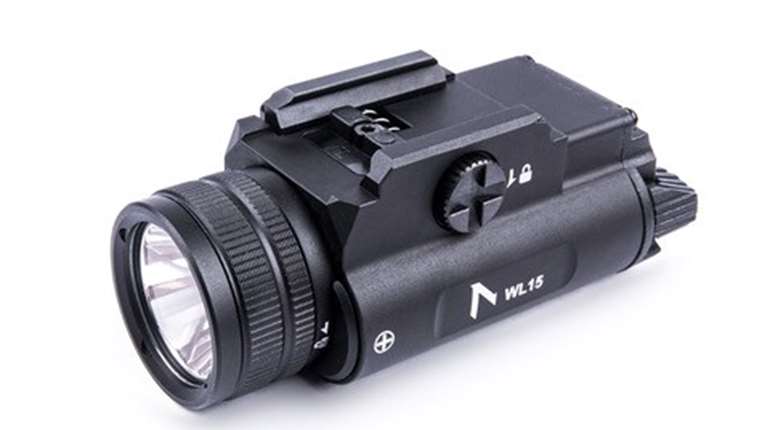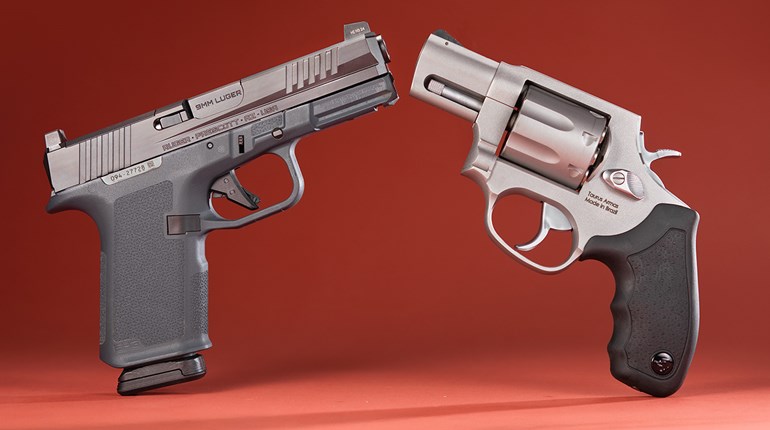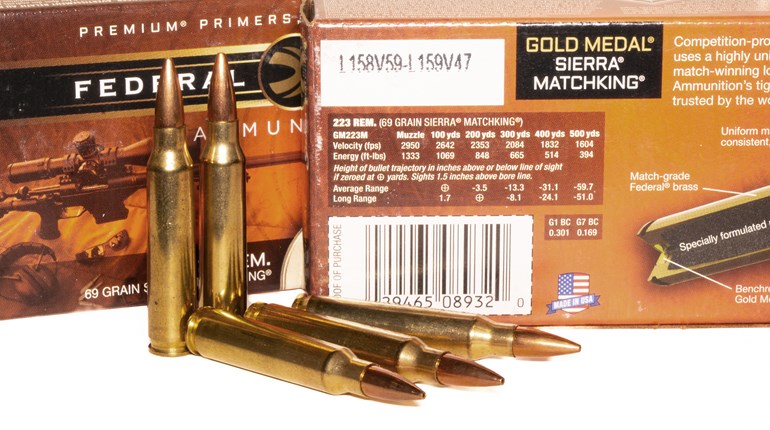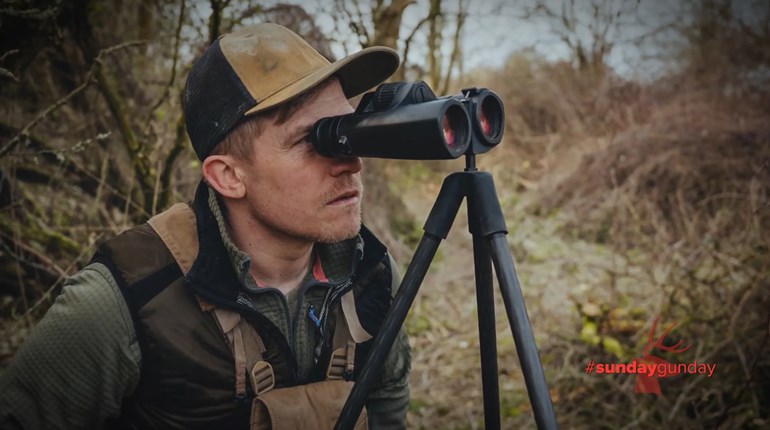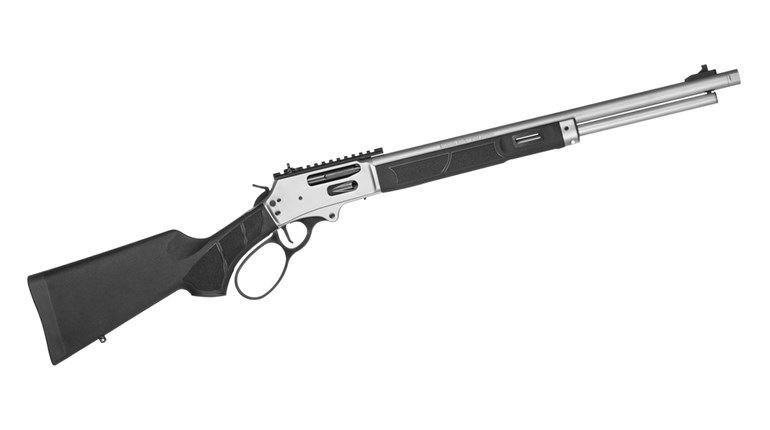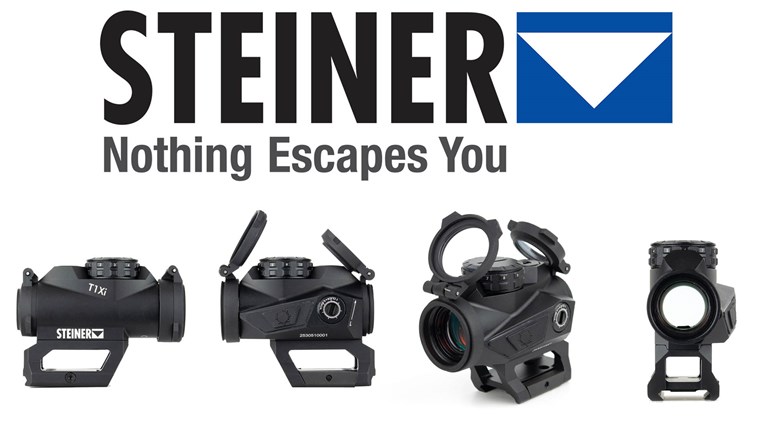
Given either a handgun or a long gun, the undisputed heavyweight for any level of shooting proficiency is muzzle stabilization. The prime directive for all on-demand performance shooting has always been, and always will be, bring stability to alignment and break the shot without disturbing that alignment. Muzzle stability is the bedrock and firmament of a well-placed shot in a timely manner. Stability demands that you are set behind the gun. Some shooters more accurately describe this as “being connected to the gun.” Ultimately that connection comprises four critical elements.
Get Connected In Four Steps
The first is that you have a physical or mechanical (body mechanics) connection which includes one or both hands (handgun), cheek weld, sling et al (if a long gun). The more points of physical contact, the greater your level of control. The mechanical connection is about physically managing the gun including, loading, reloading, recoil recovery, realignment, etc.
Next is the mental component: What, exactly, is your mission-essential task listing? What is your plan of action and movement? How many rounds are required and on which target(s)? Remaining mentally focused throughout the entire string of fire and in follow-through is paramount.
Equally as important as the first two is your visual attachment to both the gun and the target. Are you focused on the visual center of the target? If using either sighted or unsighted fire, are you peripherally aware of the gun coming up into your field of vision as you remain hard-target focused?
Visual connection does not stop after the shot, but plays an integral role in muzzle rise, recovery and realignment.
Last, but not least of the four, is your intention behind your shooting process. You intend for the muzzle to return quickly. You intend for the trigger to reset quickly. You intend to then move from target one to target two and then a head-box shot on target three while internally processing all relevant information.
Mechanical, mental, visual and intentional are the four essential cogs in the wheel that are mission-critical to sustaining muzzle stability resulting in optimal control of the gun. Destabilization is a term that refers to the loss of stability and predictable behavior of the firearm in a system of interconnected components such as the four presented above.
A breach of physical structure, fatigue thresholds, or dynamic-performance conditions are the cracks in stability that will eventually lead to overall destabilization. Degradation arises when those components supporting the system begin to fail. All failures trace back to breaking connection with the gun via any one or more of the four essential connection components.
The most prevalent mechanical failures are gun-handling fumbles such as dropping or failing to insert a magazine, failure to clear a malfunction, or send a bolt or slide forward, et al, but the foremost cause of mechanical failure is a change of grip pressure. Even the slightest attenuation of a durable grip mid-shooting-cycle immediately impacts control which destabilizes alignment resulting in an unacceptable error.
Keep Your Head In The Game
When you detach from the gun mentally is when you lose mental focus. It happens the spilt second you stop following the shooting process. How many times have you run a plate rack and did a great job on the first five and think to yourself “Hey, I’ve got this!” and then you checked out mentally and blew the sixth plate? Nobody was driving, so it veered off the road.
Visually, the split-second you alter your focal plane or shift attention from a hard focal point to your environmental awareness or vice versa, it destabilizes the connection. If you change from a hard- to a soft-target focus or shift focus even just a little bit from target to dot (carry optics), you have compromised stability. If you lose or forget or in any way soften your intention to recover the muzzle, realign with the target, rapid reset or otherwise make the gun behave in exactly the way you initially intended, then you have broken your connection.
Staying connected to the gun means being in maximum control running with optimal efficiency. It all starts with the four mandatory elements needed to sustain that stability throughout. Compromising any one of them instantly breaks the connection and is the root cause of all errors.
Once destabilized, the connection requires exceptional shooter intervention, such as regaining mechanical, visual, mental or intentional, control to restore functional integrity—provided recovery is even an option. Establishing and maintaining stability isn't something you hope for, it’s something you demand. The consummate shooter’s mandate is not to keep up with, but to stay ahead of the process by staying connected. When the system destabilizes, you’re not shooting anymore. You’re chasing. Chasing recoil, chasing alignment, chasing the clock. This is the threshold that separates the proficient from the exceptional. Elite shooters don’t recover from destabilization; they never allow it to happen in the first place.






